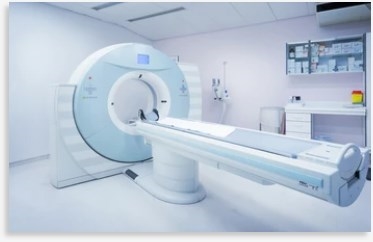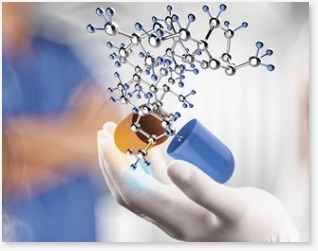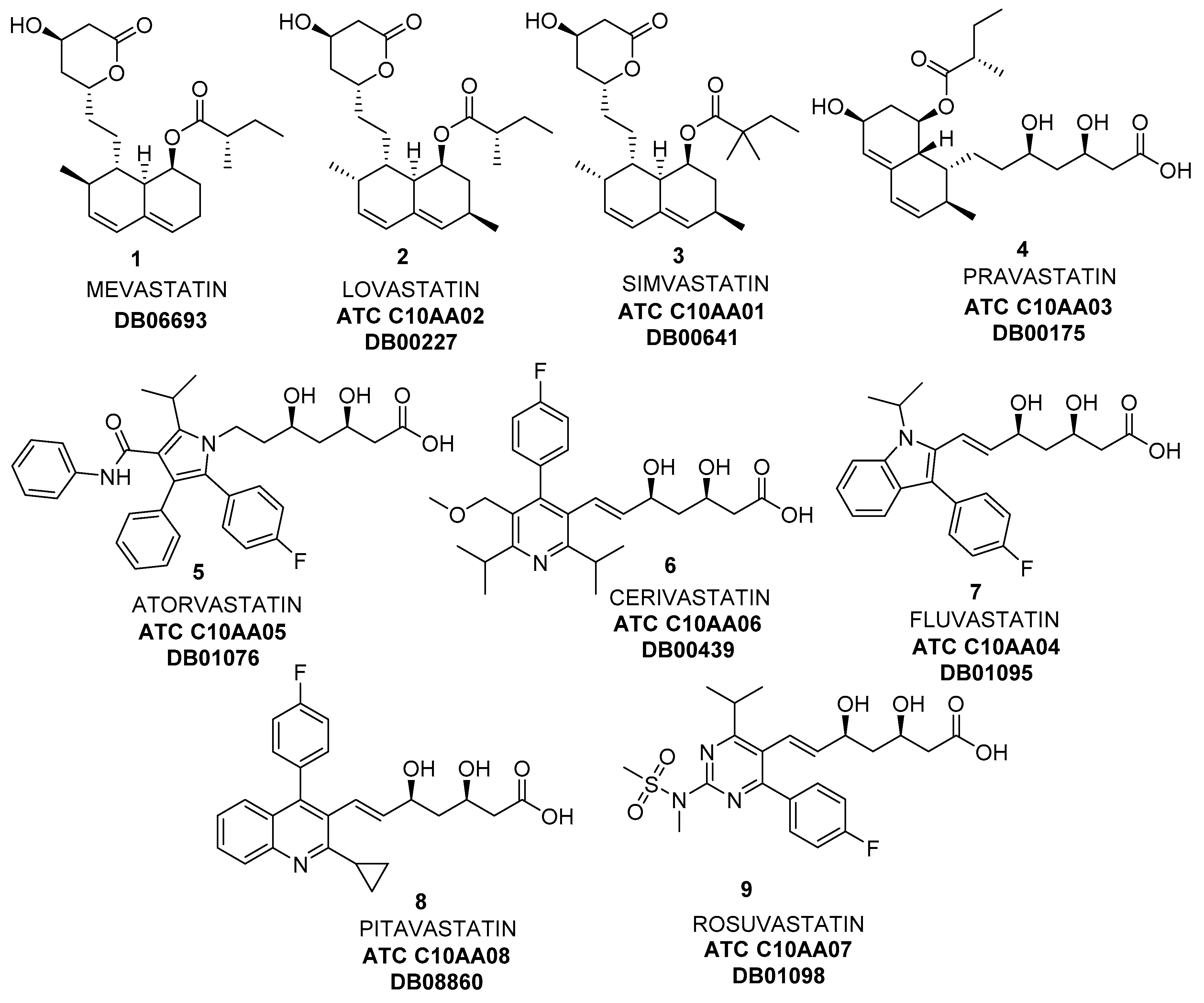Angiotensin Receptor Blockers (Sartans) Custom Development
BOC Sciences can help you develop angiotensin receptor blockers (Sartans) type of special antihypertensive API. Hypertension is a chronic disease that requires patients to take long-term medication to control it. Its global prevalence is increasing year by year, resulting in the continuous expansion of the demand for antihypertensive drugs. BOC Sciences can provide imitation services for some original research products whose patents are about to expire, and can also cooperate with you to develop innovative original research drugs with patented technology. Our strong development capabilities help you quickly expand the global antihypertensive drug market and become an industry leader.
Angiotensin II Receptor Blockers
Angiotensin II receptor antagonists (ARBs/Sartans) are one of the five major classes of antihypertensive drugs. It is a type of antihypertensive drug that acts on the renin-angiotensin-aldosterone system and has a good effect on hypertension and cardiovascular diseases, following the angiotensin-converting enzyme inhibitors (ACEI/PR). Including valsartan, candesartan, irbesartan, losartan, telmisartan, olmesartan, etc.
 Fig. 1. Potential of angiotensin II receptor blockers in the treatment of diabetic retinopathy (Life Sciences. 2017, 176: 1-9).
Fig. 1. Potential of angiotensin II receptor blockers in the treatment of diabetic retinopathy (Life Sciences. 2017, 176: 1-9).
By selectively blocking angiotensin II receptor (AT1 type), ARB blocks the effects of angiotensin II (Ang II) on vasoconstriction, hypertension, aldosterone secretion, water and sodium retention, and sympathetic nerve excitation, resulting in pharmacological effects similar to angiotensin-converting enzyme inhibitors (ACEI). Simply put, ARB directly antagonizes angiotensin II receptors to dilate blood vessels and reduce blood flow resistance, thereby achieving a blood pressure lowering effect. This type of inhibitor can not only dilate arterial blood vessels, but also dilate venous blood vessels. Therefore, it is a good antihypertensive drug and has a good effect on improving other diseases. On the other hand, due to the feedback increase in AngII synthesis, the levels of AngII in blood and tissues increase, acting on AT2 to produce blood vessel dilation, anti-cell proliferation, and regulation of cell apoptosis.
Our ARBs Development Services
Custom Synthesis of ARBs
We use exquisite chemical synthesis technology to design the synthetic route of new sartan compounds, through nucleophilic, addition, staudinger, alkylation, azidation, acylation, transesterification, kurtis rearrangement, condensation, nitration and other rich reaction types. In addition, we can also modify the existing sartan compounds by structural addition and derivatization.
Impurity Research of ARBs
The synthesis of sartan compounds mostly requires more reaction steps, and the complexity of the process leads to the diversity of impurities. Research on impurities is helpful to optimize the synthesis process and quality control. We can use electron bombardment mass spectrometry and electrospray cascade mass spectrometry to split the target impurities by secondary mass spectrometry, and identify the impurity structure by comparing the mass spectrometry fragmentation law of sartan drugs.
Analysis of ARBs
We can use analytical methods to determine the quality of the drug in the manufacturing stage and its measurement in the human body. Our methods include spectrophotometric (UV, Vis) analysis, derivative ultraviolet spectroscopy, high performance liquid chromatography (HPLC), high performance thin layer chromatography (HPTLC), capillary zone electrophoresis (CZE), micellar electrokinetic capillary chromatography (MEKC) and voltammetry etc.
Stability Study of ARBs
Our stability research includes long-term accelerated testing and stress testing, which can specifically include studies on hydrolysis, photolysis, and oxidation. If you are interested in our angiotensin receptor blockers (Sartans) custom development service, please contact us immediately.
What is the Structure of Angiotensin Receptor Blocker?
ARBs have benzimidazole rings, but each drug has different physical and chemical properties due to different modifications of the imidazole ring, such as fat solubility, tissue penetration, and affinity for AngII type 1 (AT1) receptor/AngII type 2 (AT2) receptor. Therefore, the half-life and antihypertensive effects of different ARBs are also different. For example, telmisartan is modified with a specific heteroaromatic group, which makes the drug have strong fat solubility and tissue penetration, higher affinity with AT1 receptor, stronger antagonism to AngII, and has the characteristics of strong effect, long-term effect (half-life is 24 hours), safety and so on.
(1) Diphenyltetraimidazole: such as losartan, irbesartan, telmisartan, candesartan, allisartan, etc.
(2) Non-diphenyltetraimidazole: such as irbesartan.
(3) Non-heterocyclics: such as valsartan, etc.
Characteristics of Sartan Inhibitors
- Specific effect, highly selective for AT1 receptor, strong affinity and long-lasting effect.
- The antihypertensive effect is mostly dose-dependent, but the adverse reactions do not increase with the increase in dose.
- It has cardiovascular protective effects, renal protective effects, and improves glucose and lipid metabolism.
- Compared with ACE, ARB is better tolerated by patients, does not cause cough, and rarely causes angioedema.
Why Choose BOC Sciences?
- Professional knowledge of small molecule chemical synthesis: BOC Sciences has an experienced team of scientists with expertise in the design of synthetic routes and optimization of conditions for small molecule inhibitors. We can help design and synthesize customized inhibitors for specific targets and applications.
- One-stop customized solutions: BOC Sciences' customized development services allow customized inhibitors to meet the unique needs of each project. This ensures that researchers can obtain inhibitors that are optimized for their specific needs.
- High quality and high purity: BOC Sciences uses the most advanced equipment and strict quality control measures to ensure that the inhibitors they develop have the highest quality. This helps to ensure the reliability and repeatability of the research results.
- Cost-effective: BOC Sciences' customized development services provide cost-effective solutions for researchers and pharmaceutical companies seeking to develop small molecule inhibitors. By outsourcing inhibitor development to BOC Sciences, researchers can save time and resources that were originally used for in-house development.
- Fast project turnaround time: BOC Sciences' simplified development process enables rapid synthesis and delivery of customized inhibitors. This can help researchers speed up research progress and bring new inhibitors to the market faster.
Case Study
A pharmaceutical company approached BOC Sciences to develop a new angiotensin receptor blocker (sartan) drug. Client needed help synthesizing impurities during drug development. BOC Sciences' team of expert chemists quickly got to work and with our experienced chemical synthesis team we successfully synthesized a range of impurities that met the customer's specifications. Customers are impressed by the high quality of the impurities produced by BOC Sciences. They found that these impurities were not only extremely pure, but also highly stable, making them ideal for drug development research. Customers were able to use impurities synthesized by BOC Sciences to conduct a series of critical tests and experiments, ultimately successfully developing new angiotensin receptor blocker drugs.
FAQ
1. What is the difference between ACE inhibitors and ARBs?
ACE inhibitors (angiotensin converting enzyme inhibitors) and ARB (angiotensin II receptor blockers) are commonly used in the treatment of hypertension and other cardiovascular diseases. The main difference between ACE inhibitors and ARBs is their mechanism of action. ACE inhibitors play a role by blocking the action of ACE enzyme, which is responsible for converting angiotensin I into angiotensin II. By inhibiting this enzyme, ACE inhibitors help relax blood vessels and lower blood pressure. On the other hand, the role of ARB is to block the role of angiotensin II at its receptor site and prevent it from causing vasoconstriction and elevated blood pressure.
2. Is sartan an ARBs?
Yes, sartan is an angiotensin II receptor blocker (ARB), a class of small molecule drugs commonly used in the treatment of hypertension and heart failure. Commonly used sartan drugs also include valsartan, olmesartan, losartan, irbesartan, telmisartan, candesartan, etc.
Reference
- Behl, T. et al. Potential of angiotensin II receptor blockers in the treatment of diabetic retinopathy. Life Sciences. 2017, 176: 1-9.





